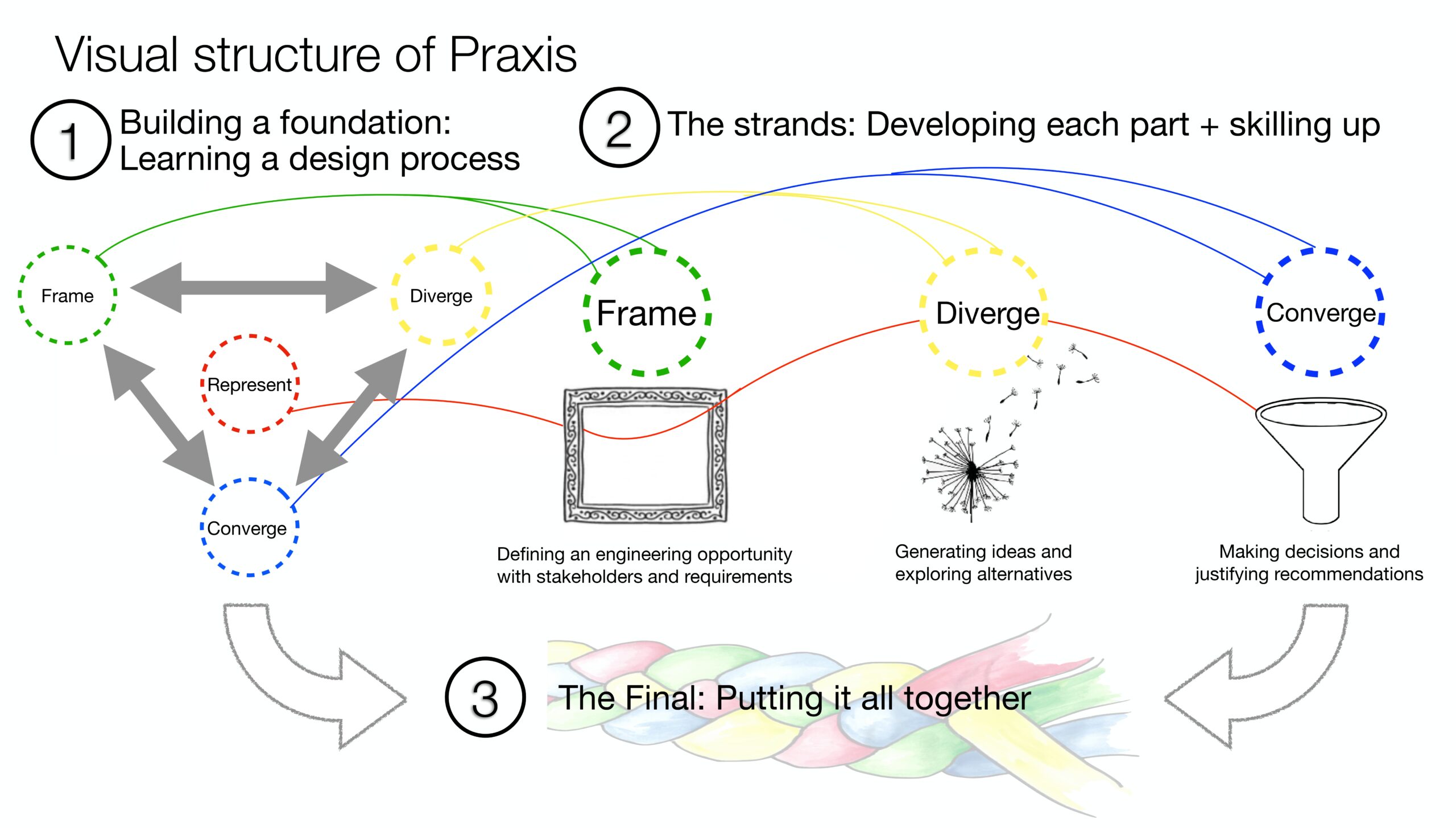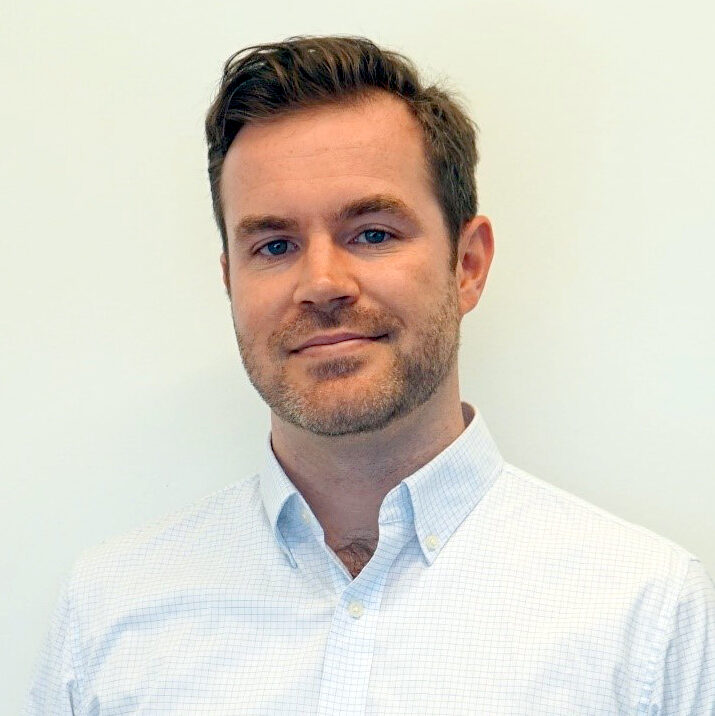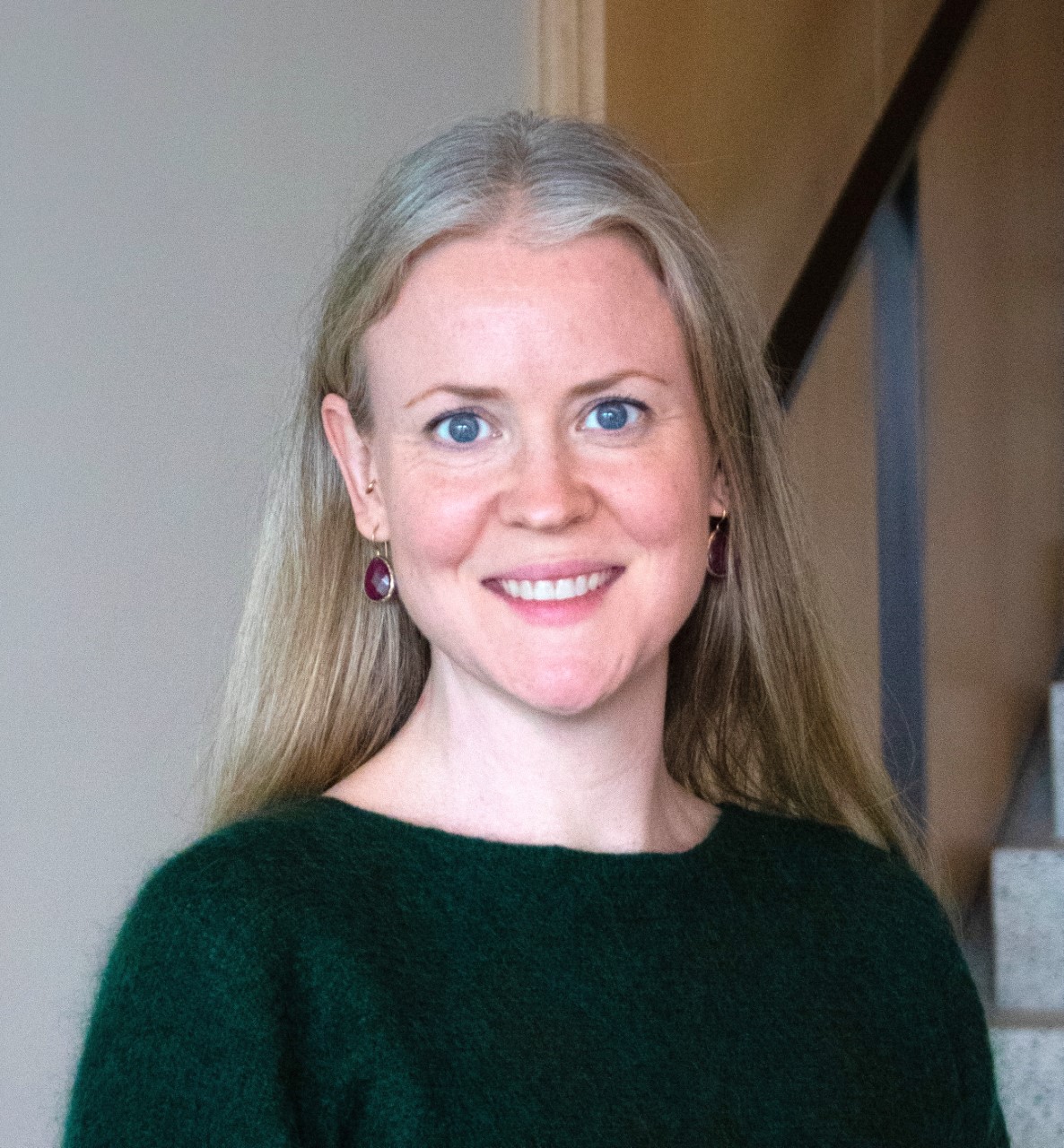To the optimist, the glass is half full
To the pessimist, the glass is half empty
To the engineer, the glass is twice as large as it needs to be

Praxis I is an introduction to engineering design processes and theory. The course focuses on communication, teamwork, research (a lot of it), and prototyping – all crucial and connected parts of engineering design. An overarching theme is developing an engineering identity – something that unites all parts of the course and that you can carry and develop throughout your career.
At the start of the course, you’ll learn about design theory, which is based on the concept of engineers rigorously documenting and supporting their designs. Documenting your work involves tracking materials, ideas, and information that went into developing your design. “Supporting your work” means using research to inform your decisions and testing your design to ensure it will perform as intended. Along the way, you will learn to communicate your design processes and products to a wide audience.
Many of your Praxis I activities involve working in a team. A few weeks into the semester, you’ll be placed into a team of 3-5 EngSci students. Together, you will learn and apply the Frame, Diverge, Converge, and Represent (FDCR) engineering design process that is fundamental to Praxis I and II. With your team, you’ll frame an engineering opportunity by talking to and observing stakeholders around you. Then, you’ll develop ideas for tackling the opportunity and begin to challenge and test these ideas. This process will culminate in developing a prototype of your design and a design report that recommends a final design.
Some examples of opportunities from Praxis I this past year include reducing sunlight glare on laptop screens and Starbucks cup holders.
Professors

Professor Roger Carrick
Professor Roger Carrick is an Assistant Professor, Teaching Stream in the Division of Engineering Science and the Department of Mechanical & Industrial Engineering. Professor Carrick has a background in mechanical engineering. He completed both his undergraduate and masters education at the University of Waterloo. Before joining the Praxis team, he served as the Designer in-Residence in the Department of Mechanical Engineering at York University, where he helped set up the Engineering Design curriculum and completed his PhD. His research interests include project-based learning, knowledge integration through design, and integrating CAD training in engineering curriculum.

Professor Jennifer Lofgreen
Professor Jennifer Lofgreen, who goes by Jenny, completed her PhD in Chemistry at U of T. During that time, she also worked on writing instructions for chemistry students and teaching assistants. In fact, she used to be a teaching assistant herself for this course! She spent the past eight years in Sweden teaching academic writing for PhD students. During her time there, she started a second PhD focusing on using philosophy of science to inform research in engineering education. She focuses on the communication half of Praxis I – which is all about arguments and building strong claims!
Professor Interview
“There is a lot of theoretical understanding around engineering design and engineering communication, and learning that theoretically doesn’t really help you understand how to make use of it. You actually have to spend a lot of time practicing, iterating, running through stuff, trying things out, not quite succeeding, doing it again […] We move back and forth between a theoretical perspective and a hands-on practical application.”
Course Highlights

- Exploring your own lived experience as a first-year EngSci student and working with your team to identify an opportunity to improve it.
- Developing many different ideas, and prototyping and testing them. Dollar stores are your friend!
- Using your new engineering design skills to recommend a design that addresses your opportunity and has the potential to improve the lived experience of first-year EngSci students.
- Writing a design report! In engineering, communication is as important as design. No single engineer can be responsible for a product, from the planning and design, to manufacturing and distribution. Therefore, it is good practice to formally communicate ideas and information in a written manner.
Week in the Life of a Praxis I Student
Praxis I is a dynamic course that changes significantly from week-to-week. Here is a rough approximation of how a week will look for a Praxis I student.
Lectures
There are typically three lectures a week for Praxis I. You’ll learn about engineering design concepts in lecture and participate in design and thinking activities. You’ll find that the lectures are very well-integrated with the tutorials, discussing notable results from tutorial activities and connecting them to different engineering design concepts.
Tutorials (Studios)
Praxis tutorials are referred to as studios. In a small class led by two TAs, you’ll be guided through engineering design activities, project help, and more. Everyone in your team will be in the same studio, so this is where most of your project-specific work and instruction will happen. You’ll find that studios allow you to apply the concepts you’ve learned in the lectures. This makes studios an excellent time to build a deeper understanding of how they work and connect to one another.
Practicals
Your timetable contains a two-hour practical block each week, during which you can meet with your team and work on your project. This time will never have scheduled course activities or a room assigned; it’s a time when you know your whole team is available and you can use it as you see fit. You should definitely schedule regular meeting times with your team, ideally when you work together on your project. Since Praxis is a dynamic course, you may have no meetings some weeks and many hours of meetings on other weeks. The key is to find times that work for your entire team and to not leave all your work until the last minute! We cannot emphasize enough the importance of regularly checking in with your team. Through regular team communication, you can keep track of deadlines and allocate work more effectively. Communicating with your team helps ensure that everyone is healthy and offers an opportunity to de-stress all together. The most successful teams in Praxis tend to work together frequently, rather than taking a divide-and-conquer approach.
Assessments
Overall, the course project consists of identifying and framing an engineering design opportunity to improve the lived experience of first-year EngSci students, and developing, prototyping, and verifying design concepts that address the opportunity. During the semester, you’ll work with your team on written reports and have an oral assessment for your team project, and you will also do an individual written analysis of your experience doing engineering design. Look at the How to Succeed section below for some advice on completing these.
Midterms & Exams
There is typically a midterm and final exam in Praxis I. These exams will test you on the engineering design and communication theories and concepts you have learned, as well as your ability to apply them. Based on our experience, understanding how the course concepts connect to each other can be a useful tool when studying. To find past exams and tests, visit the Praxis I page on courses.skule.ca.
How to Succeed
- Record Everything you Do
We cannot stress enough how important it is to keep a record of everything you do throughout the design process, both as an individual and as a team. You’ll learn to use many concepts, tools, models, and frameworks (CTMF) throughout both Praxis I and II and will be asked to write about your usage on multiple occasions, so an organized evidence folder will be very handy. In particular, the final assessment in Praxis II requires you to reflect on and talk about your usage of Praxis CTMFs in your design projects in Praxis I, CIV102, and Praxis II (and possibly more projects), so keep this in mind and record everything.
- Work WITH Your Team
As mentioned before, much of Praxis I is done in teams. This is a chance for you to get to know more of your peers, learn from diverse viewpoints, and develop your ability to collaborate. It’s important to get to know how everyone likes to operate and find a good way to work together. Agree on simple rules: “If someone is late, they will buy Timbits for everyone,” or, “We will not just shoot down others’ ideas: we’ll give a reason we don’t agree and be open to debate.”
- Definitely Plan to Work Together Regularly
Upper-year students recommend planning early so everyone can do their individual portions as soon as possible. But don’t just divide and conquer. Do some of the work together in the early stages so any individual work stays on track. Plan to review everything together multiple times throughout each stage of the project so that your work really does come from you as a team, not a collection of individuals. If you find a particular teamwork strategy is not working, try something different. Above all, don’t forget to communicate!
- Review Your Writing at Every Step of the Process
Writing is a key part of professional communication, and you’ll be expected to write formally for Praxis I. The reports can be long, and the best strategy is to work on them regularly over time. When you’re revising and editing your work, don’t review it entirely in one go; you’ll find that fatigue impairs your reviewing and editing ability. Instead, focus on one thing at a time, and plan to have space to do multiple rounds, which will improve your work. Also, good engineering writing almost always involves making good use of well-chosen sources. Document your research as you go and make your own notes about your thoughts about your research. Citations always take longer than you expect, so do them as you go.
- Ask Questions
As with all other courses, ask questions! The teaching team will answer any of your questions about assignments, concepts discussed in lecture, engineering, communication, and much more. You will have about 5-10 minutes before and after the lecture to ask quick questions. You can also always email professors for more personal questions or attend their office hours. You should definitely ask questions if you’re having a hard time understanding something. But it doesn’t just need to be if you need help. You can also ask questions or chat with your teaching team if you want to level up!
- Take Feedback Seriously
You will receive holistic feedback from TAs, professors, and teammates during studio activities along with written feedback on assignments and teamwork evaluations. Feedback is personalized and is all designed to help you become a better student engineer. Part of developing as an engineer means reflecting critically on the feedback you receive and deciding for yourself what to do with it.
Beyond First Year
- You’ll learn how to identify engineering design opportunities and develop creative design concepts. This skill will be useful in future design courses and in your engineering career.
- Completing an engineering design process for the first time is a great learning experience for most students. It’s very rewarding to find an opportunity, frame it, develop a concept and then prototype it through to proof-of-concept functionality.
- As a future engineer, you will need to make engineering decisions based on strong arguments and credible, relevant evidence, and think with a sense of logic and rigor.
- The research and citations that you do for the course may seem tedious at first, but they’ll prepare you for future design projects and courses by introducing you to the research tools necessary for professional engineering.

If nothing else, this course will give you confidence in your problem-solving abilities. Overcoming the wide variety of challenges will be a source of confidence for you in your engineering design and problem-solving abilities. Additionally, the engineering design frameworks and techniques that you will learn in Praxis I will be the foundations in Praxis II, where you will focus on applying these skills to a larger scale project.
